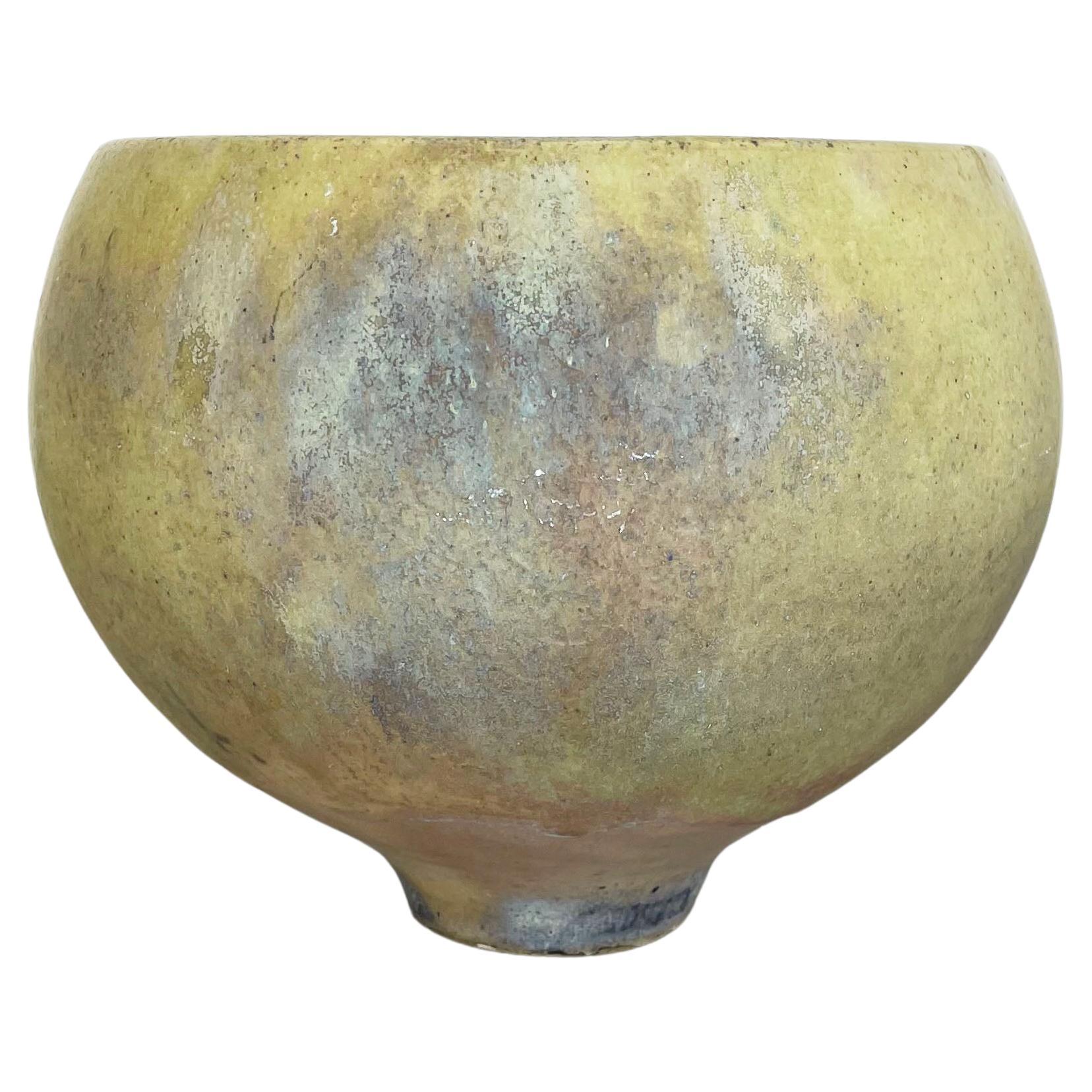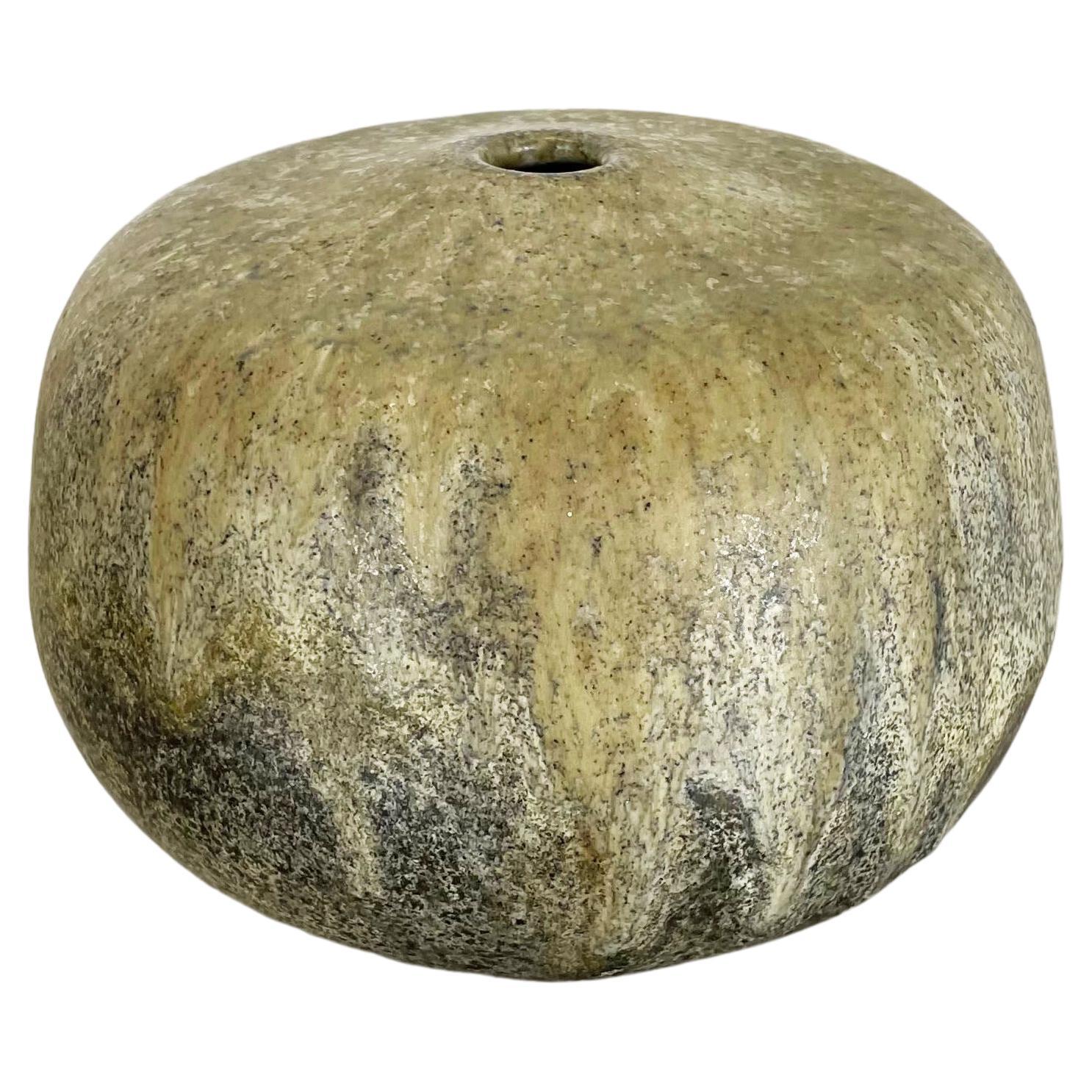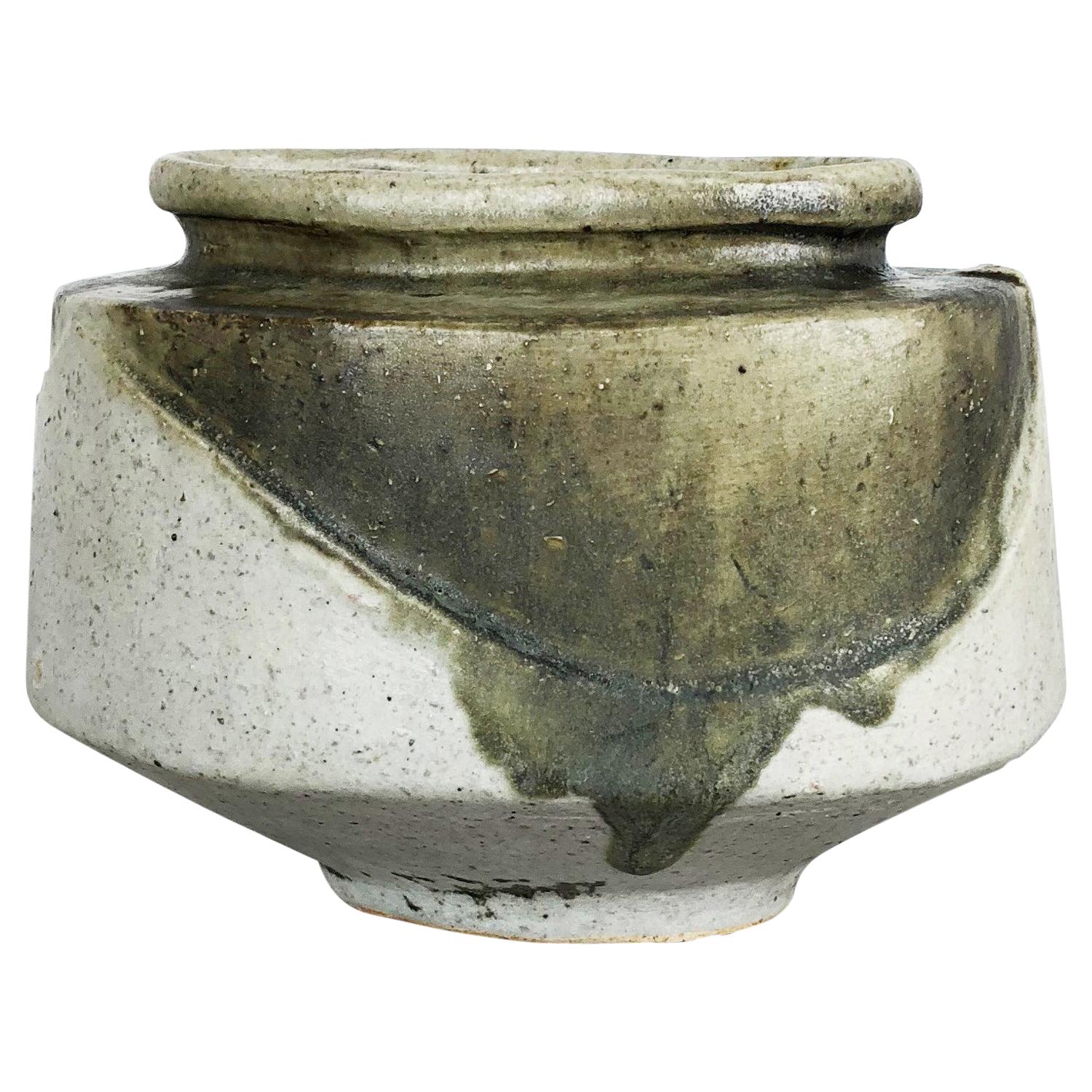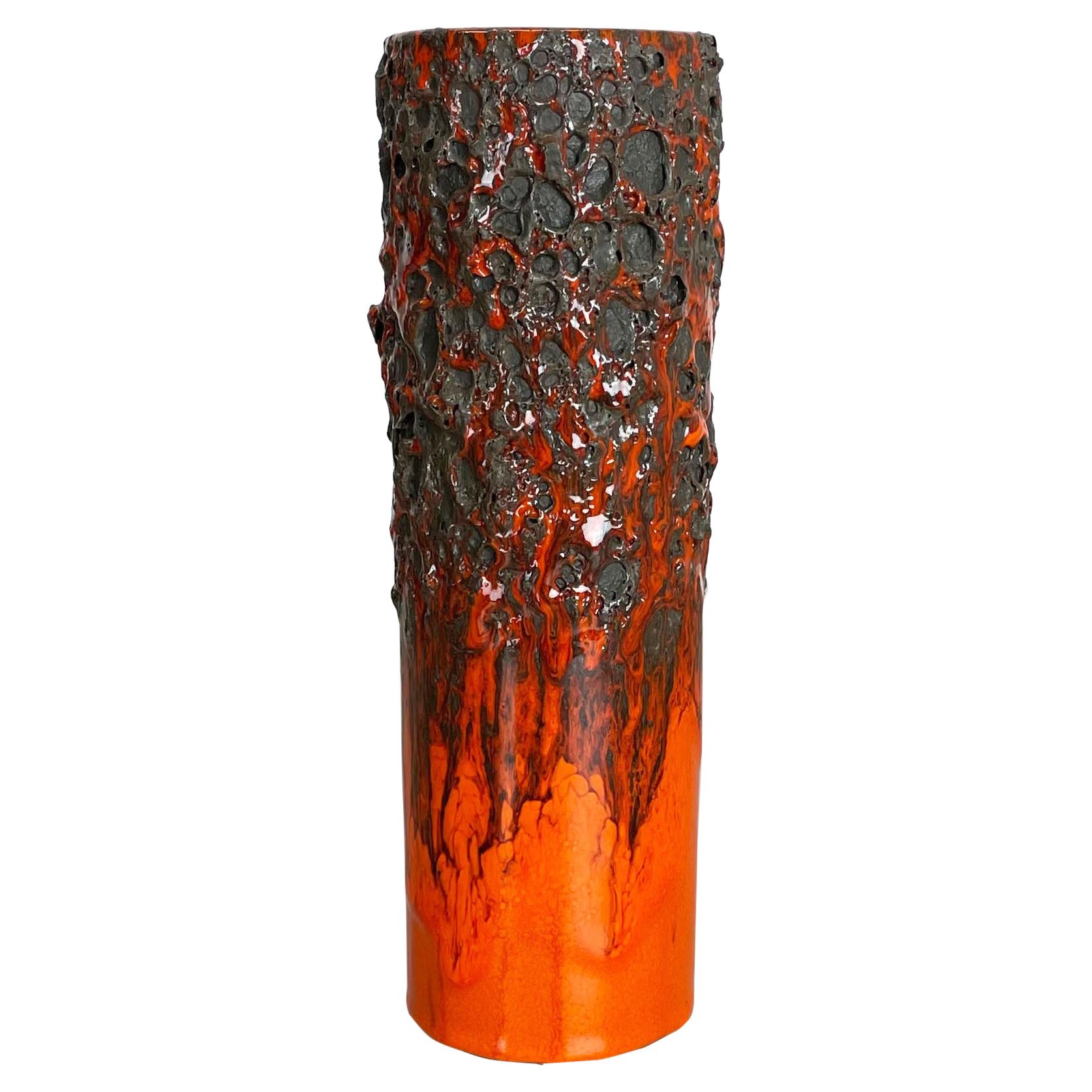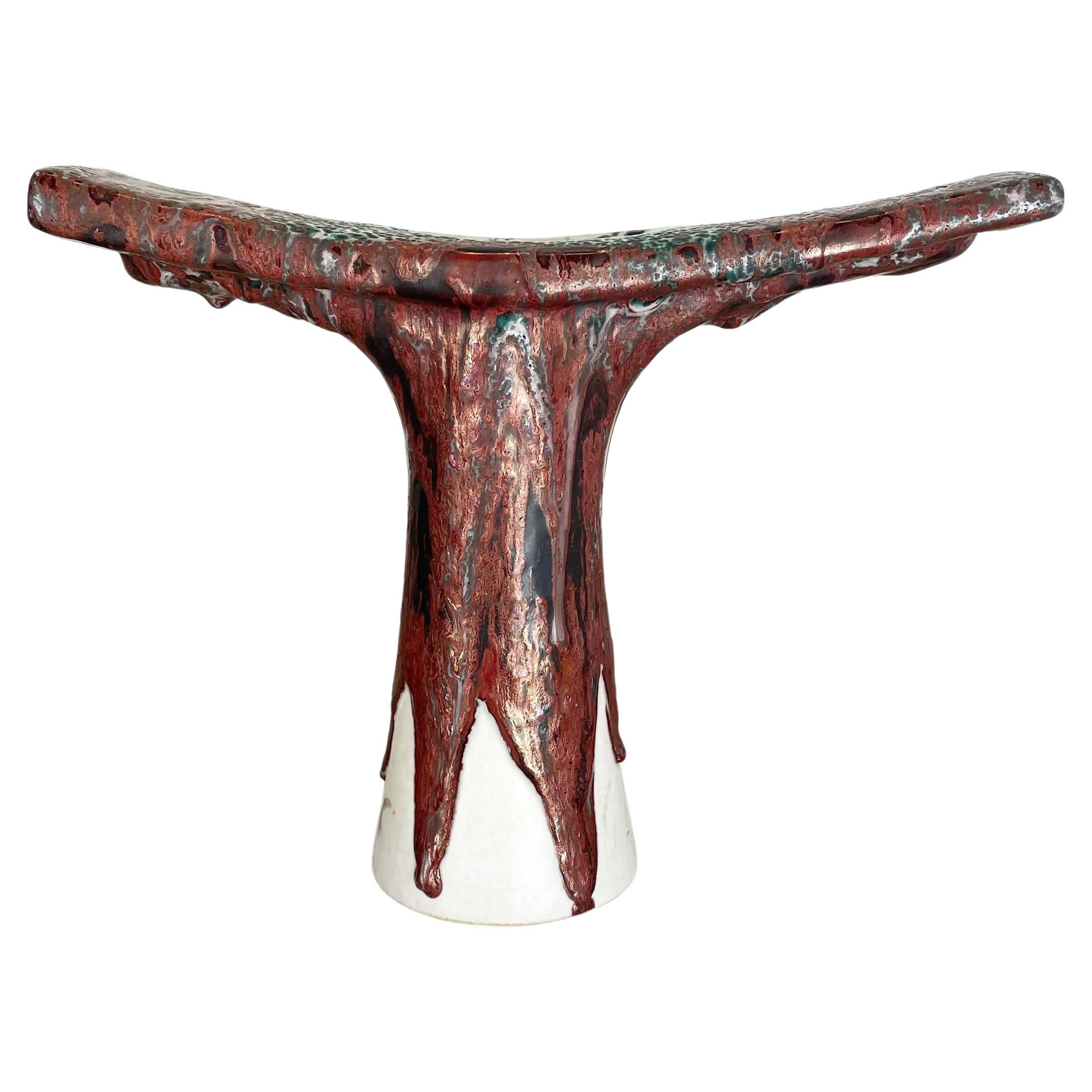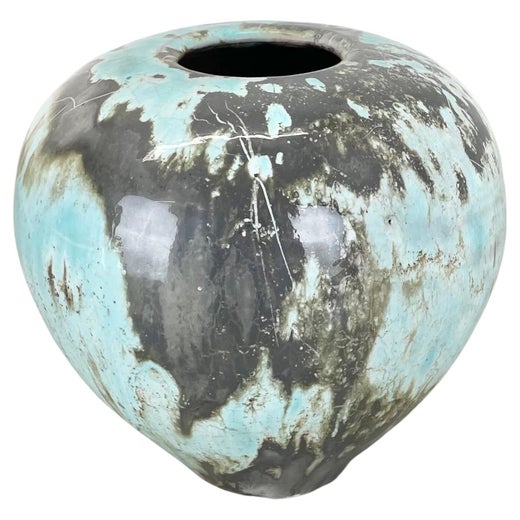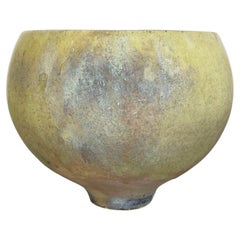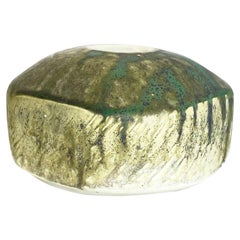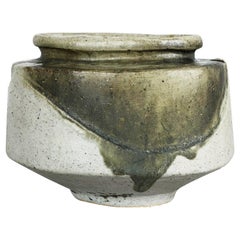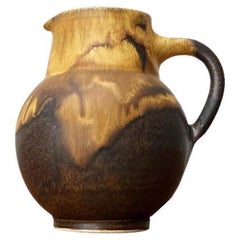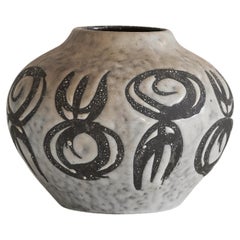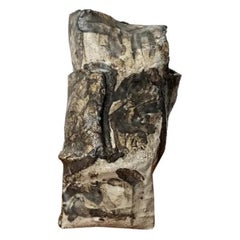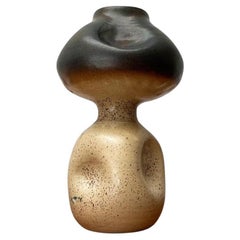Sculptural Studio Pottery Vase Object by Otto Meier, Bremen, Germany, 1960s
About the Item
- Creator:Otto Meier (Designer, Manufacturer)
- Dimensions:Height: 6.5 in (16.5 cm)Diameter: 6.89 in (17.5 cm)
- Style:Mid-Century Modern (Of the Period)
- Materials and Techniques:
- Place of Origin:
- Period:
- Date of Manufacture:1960s
- Condition:
- Seller Location:Kirchlengern, DE
- Reference Number:1stDibs: LU2131343304792
Otto Meier
Otto Meier was a German ceramist. Meier, the silent master of the 20th century, is still considered a role model for many ceramists. His works are represented in important public and private collections. Since 1924, Meier studied architecture and sculpture at the Kunstgewerbeschule in Dortmund. A visit to Bernhard Hoetger in Worpswede in 1925 brought him to ceramics. In Hoetger's workshop, he began an apprenticeship under Willi Ohler, who left the Hoetgersche Kunsthütten three months after starting his apprenticeship. Meier continued to educate himself and took over the ceramics workshop in Hoetgers Kunsthütten. In 1926, he made the design by Hoetger Seven Lazy for the Bremen Böttcherstraße. In 1927, he took over the pottery workshop in the Böttcherstraße, where he worked until 1939, but sometimes worked at Hoetger in Worpswede. The Bremen entrepreneur and art patron Ludwig Roselius financed his three-semester stay at the Ceramic College Bunzlau (1929/1930), where he studied glazing technique with Eduard Berdel. From 1939–45, Meier took part in the war as a soldier. Since he found the workshop destroyed in the Böttcherstraße on his return, he built-in 1945 a new workshop in Worpswede, where he worked until his death. In 1950, he married the Worpswede tapestry weaver Gisela Harwart. From 1988–95, Meier was a member of the artists' association Deutsche Keramiker - Gruppe 83. His early, idiosyncratic works, often based on designs by Bernhard Hoetger - are not yet glazed, but only painted with Engobe and revised in a kind of sgraffito technique. After his studies in Bunzlau, Meier radically simplified his forms of vessels. He is now more interested in the constantly evolving surface techniques. The mostly matte glazes show an infinite variety of color nuances and structures. Meier's early work was from highly burned earthenware and since 1958 from stoneware, he worked from 1978 also in porcelain. In addition to the rotated vessels, powerful objects of sculptural quality were created.
- ShippingRetrieving quote...Shipping from: Kirchlengern, Germany
- Return Policy
More From This Seller
View AllLate 20th Century German Mid-Century Modern Vases
Ceramic, Stoneware, Pottery
Late 20th Century German Mid-Century Modern Vases
Ceramic, Stoneware, Pottery
Late 20th Century German Mid-Century Modern Vases
Ceramic, Stoneware, Pottery
Late 20th Century German Mid-Century Modern Vases
Ceramic, Stoneware, Pottery
Late 20th Century German Mid-Century Modern Vases
Ceramic
Late 20th Century German Mid-Century Modern Vases
Ceramic
You May Also Like
20th Century German Mid-Century Modern Vases
Ceramic
Mid-20th Century German Mid-Century Modern Vases
Ceramic
20th Century German Mid-Century Modern Vases
Ceramic
20th Century German Mid-Century Modern Vases
Ceramic
1990s German Vases
Ceramic
20th Century German Mid-Century Modern Vases
Ceramic
